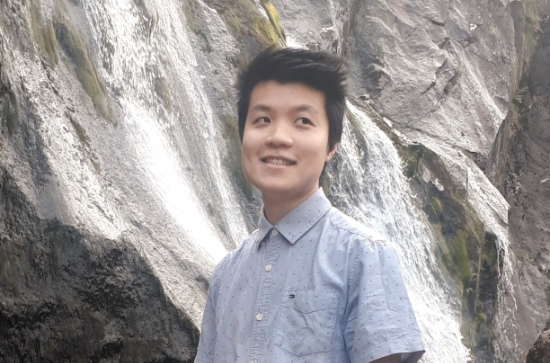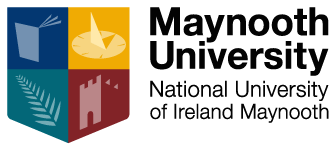Kenny Yu

I was part of the Anime society, and if my memory serves me right, I was a librarian for the society based in the Maynooth Students' Union building at some stage. I had a wonderful time there as I got to meet a lot of interesting people beyond the science and maths circle. Joining a society or two is a great way to share and discuss your interest with people outside your course.
Why programmes such as MH101 and MH201 are so important. I initially joined Maynooth University as a Computer Science & Software Engineering student. But before the end of year 1, I discovered that I had a much stronger passion in physics than computer science. Since I did maths, and both experimental and mathematical physics in year 1, I was able to transfer from the Computer Science & Software Engineering course to the Bachelor of Science programme and continue my physics joruney (with the help of a certain emeritus physics professor and previosly head of Head of Department). Little did I know that this opportunity and decision would completely change the view of my career and life.
Explore beyond your degree course; i.e., Student Health Service, Maths Support Centre (or some equivalent in the Arts), clubs/societies, etc. Not urgent, but I would recommend knowing where Lower Loftus is located on campus.
After I completed my bachelor's at Maynooth University, I joined Intel as a manufacturing technician, where I worked on 14 nm technology node defect metrology tools. The versatility of my BSc showed very quickly to me, I was not only able to start my career in the semiconductor industry, but I was also able to to start my master's in engineering while I was still working at Intel. After I completed my master's, I joined Nokia Bell Labs as a doctoral researcher where I investigated the heat transfer mechanisms of in-house developed integrated evaporative heat exchangers. After my doctorate, I rejoined Intel as a Process Integration and Yield Engineer where I was responsible for inline performance of fin and isolation layers of the company’s front end of line fabrication processes. After six months into my engineering job, I was sent to the United States for a process development and technology transfer assignment with the Portland Technology Development group. After completing my assignment with Intel, I joined University of Maryland as a Postdoctoral Researcher in experimental condensed matter physics.
Please tell us about your career journey so far (including your current role/position/field)
After I completed my bachelor's at Maynooth University, I joined Intel as a manufacturing technician, where I worked on 14 nm technology node defect metrology tools. The versatility of my BSc showed very quickly to me, I was not only able to start my career in the semiconductor industry, but I was also able to to start my master's in engineering while I was still working at Intel. After I completed my master's, I joined Nokia Bell Labs as a doctoral researcher where I investigated the heat transfer mechanisms of in-house developed integrated evaporative heat exchangers. After my doctorate, I rejoined Intel as a Process Integration and Yield Engineer where I was responsible for inline performance of fin and isolation layers of the company’s front end of line fabrication processes. After six months into my engineering job, I was sent to the United States for a process development and technology transfer assignment with the Portland Technology Development group. After completing my assignment with Intel, I joined University of Maryland as a Postdoctoral Researcher in experimental condensed matter physics.
